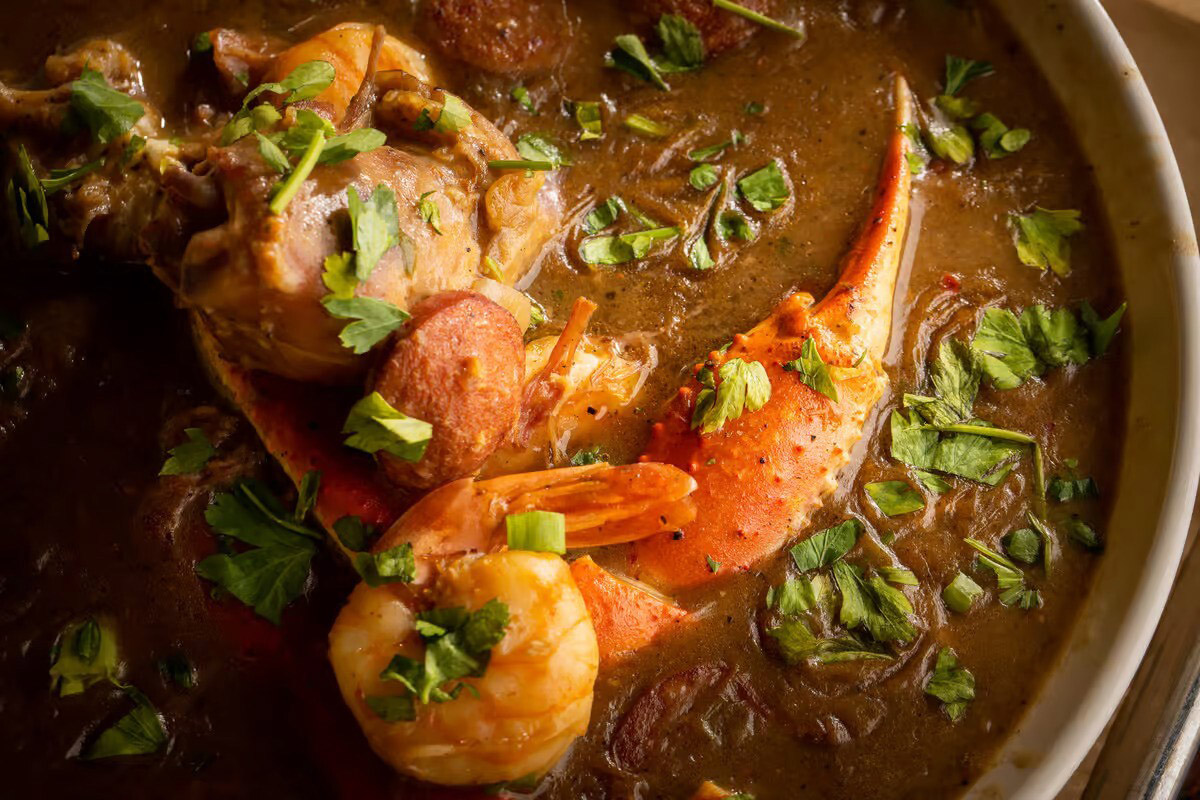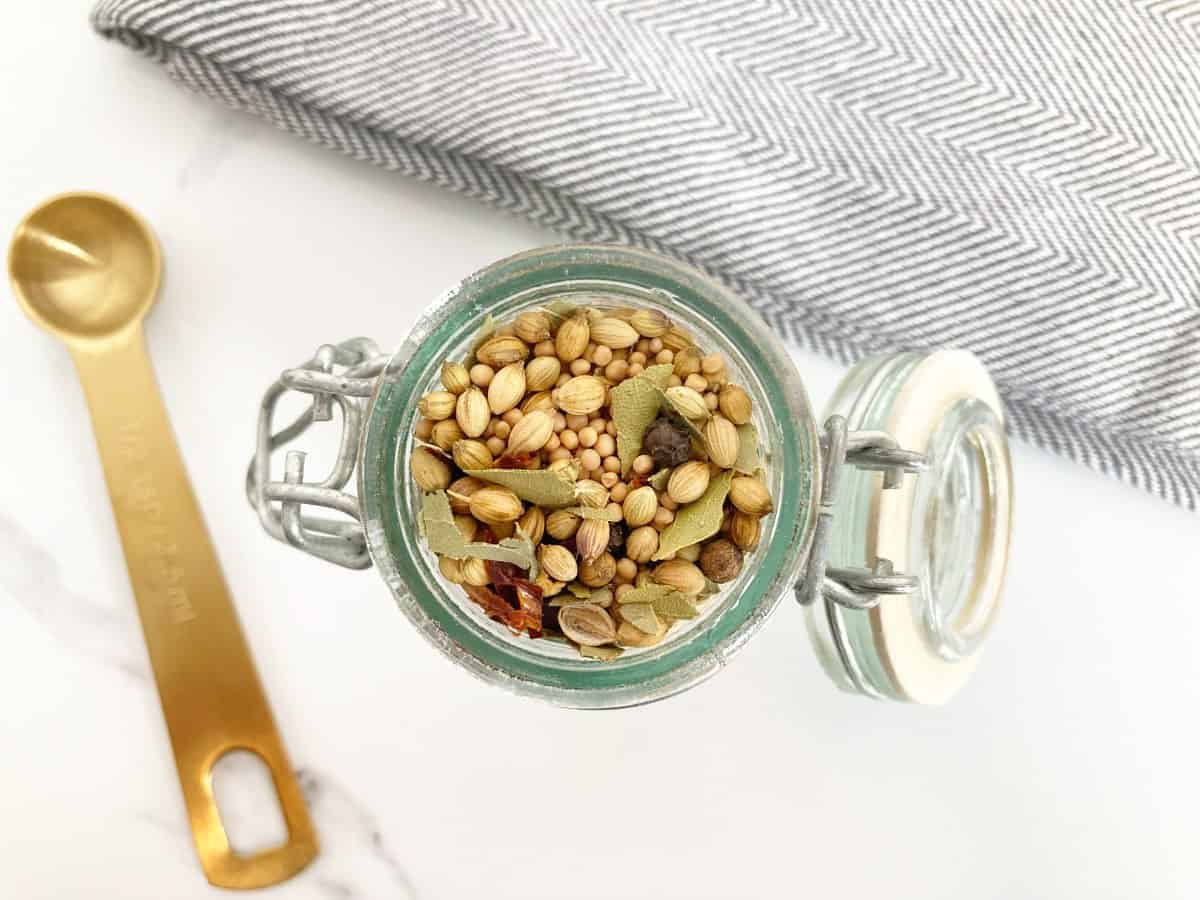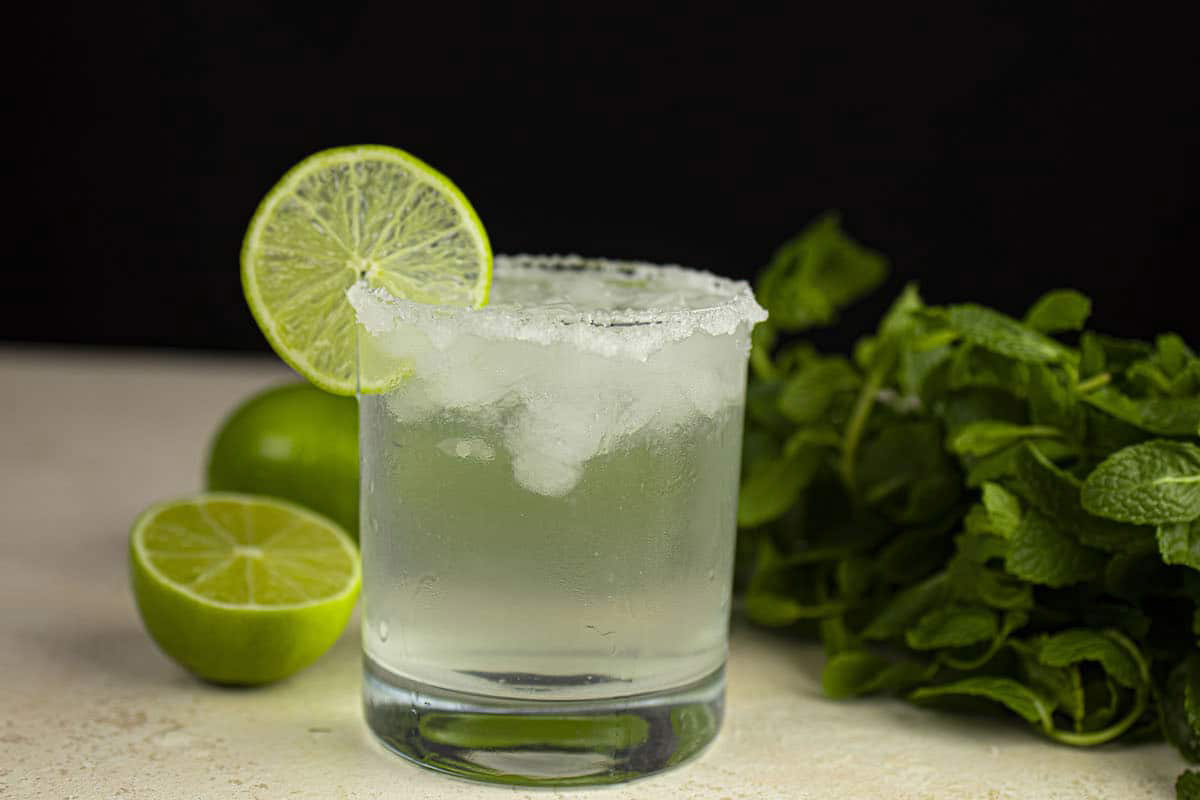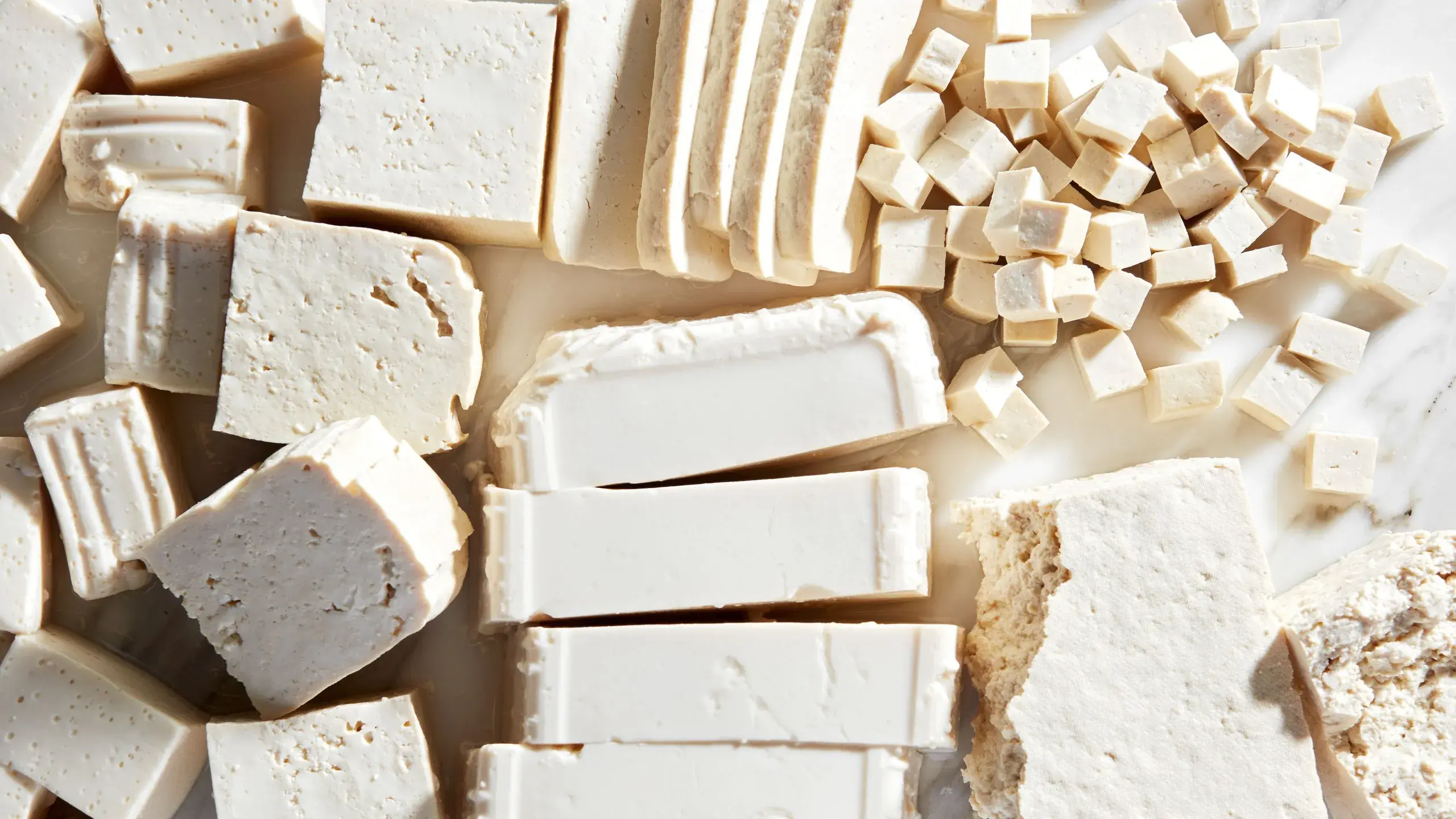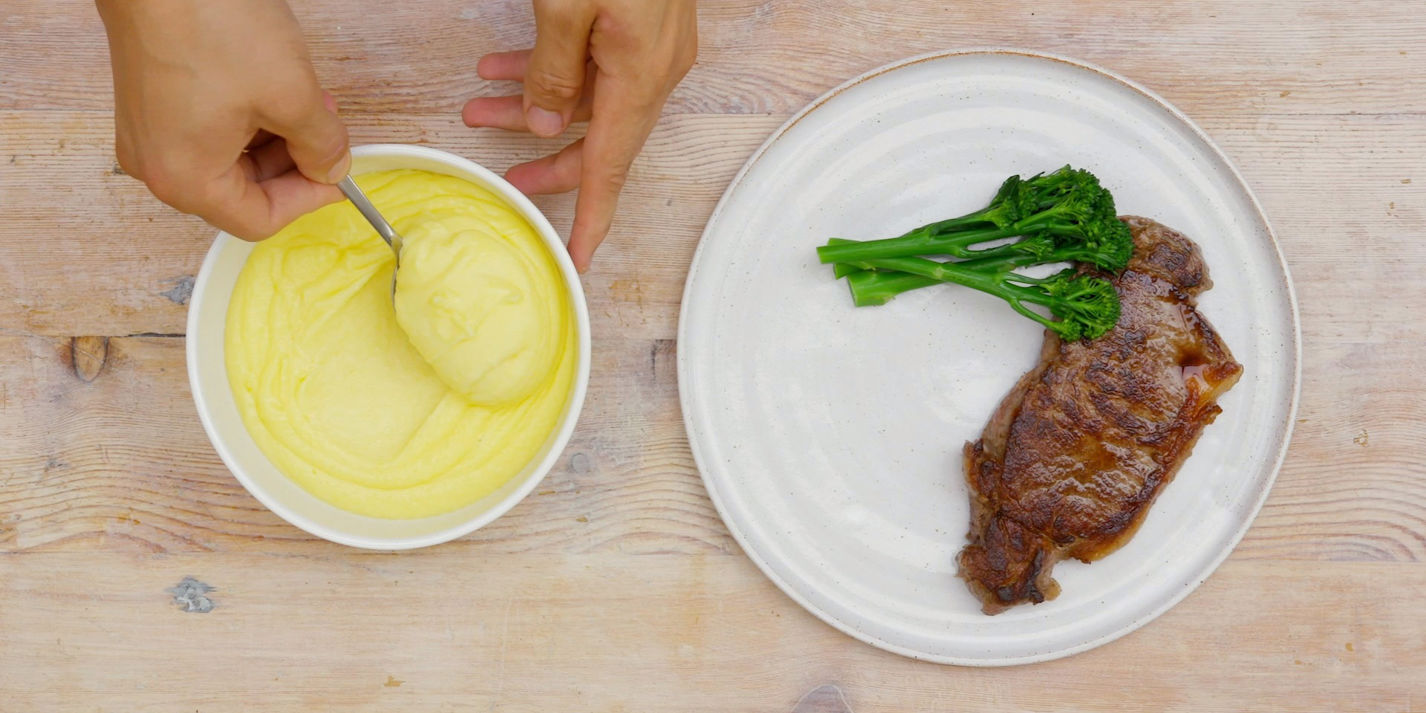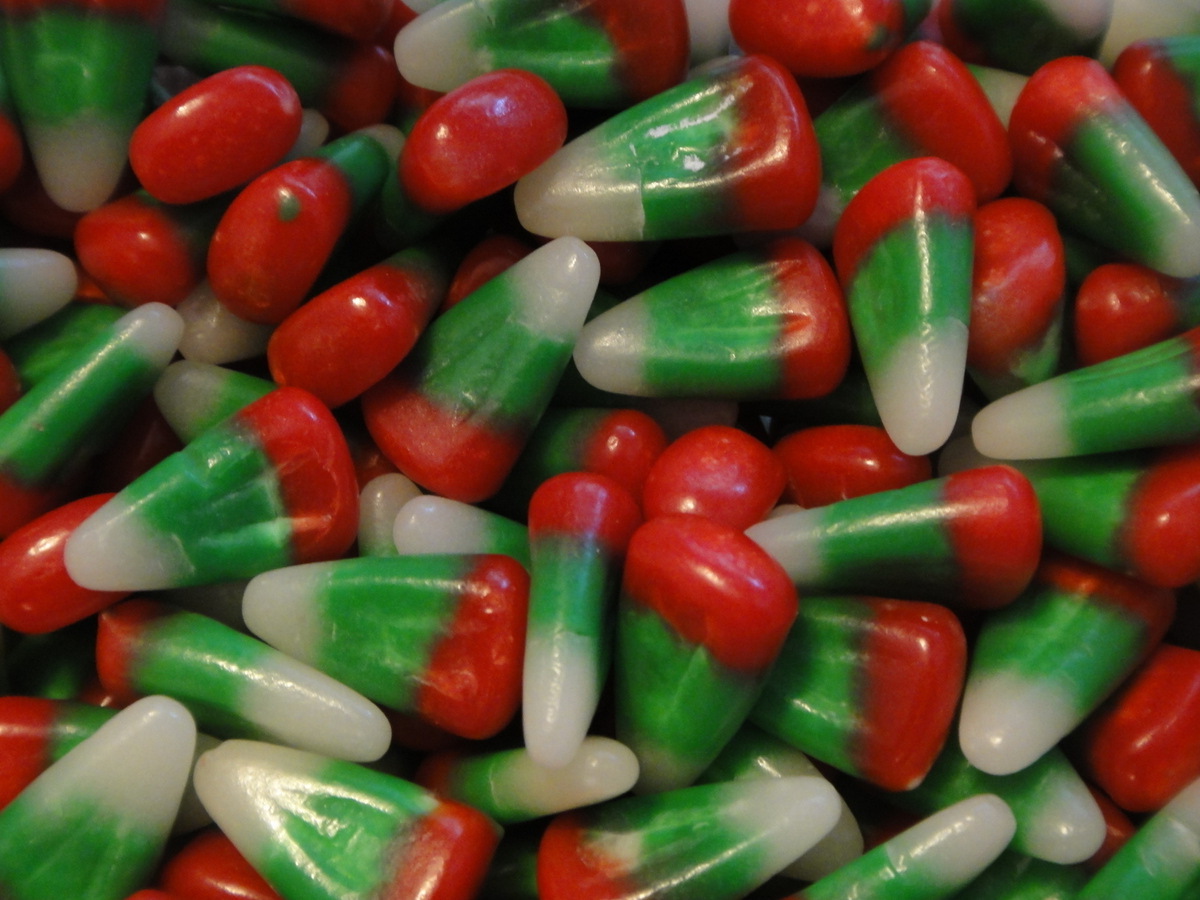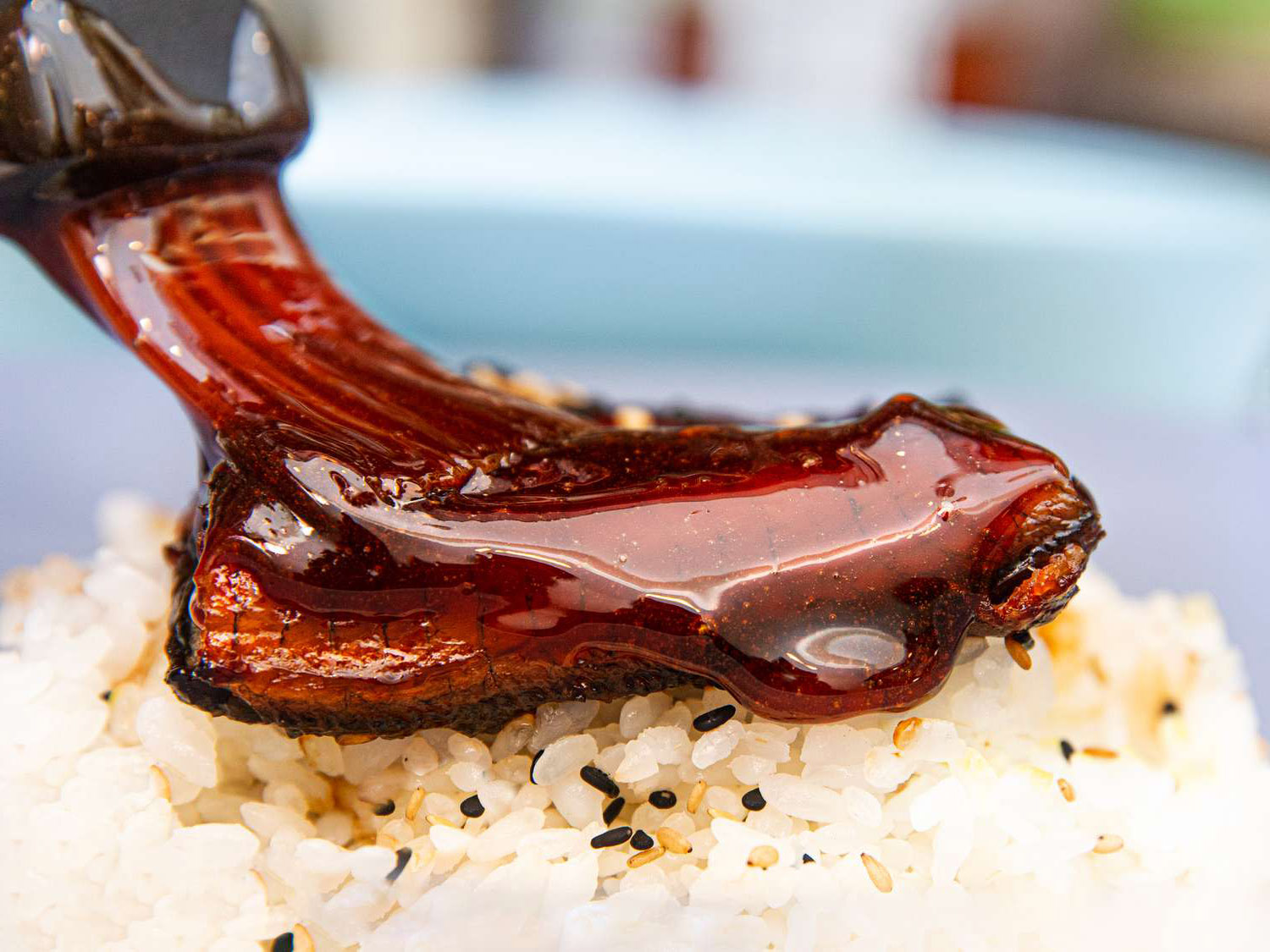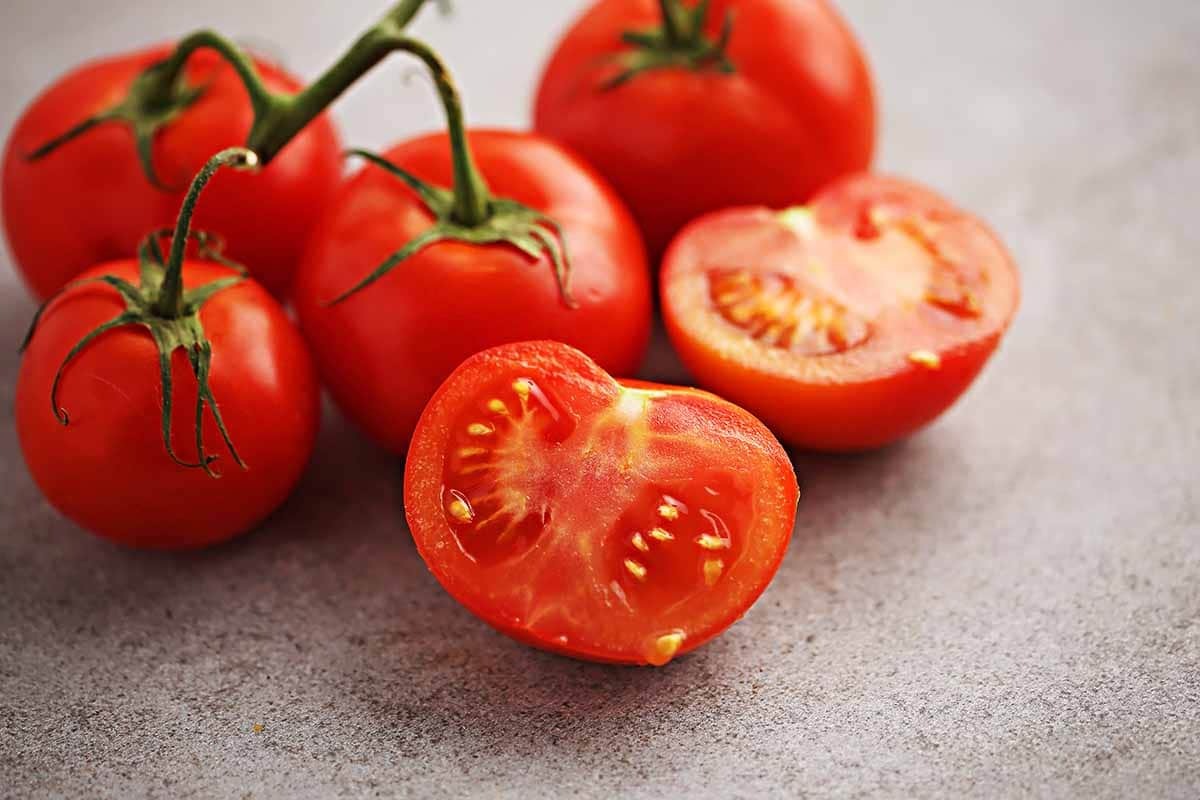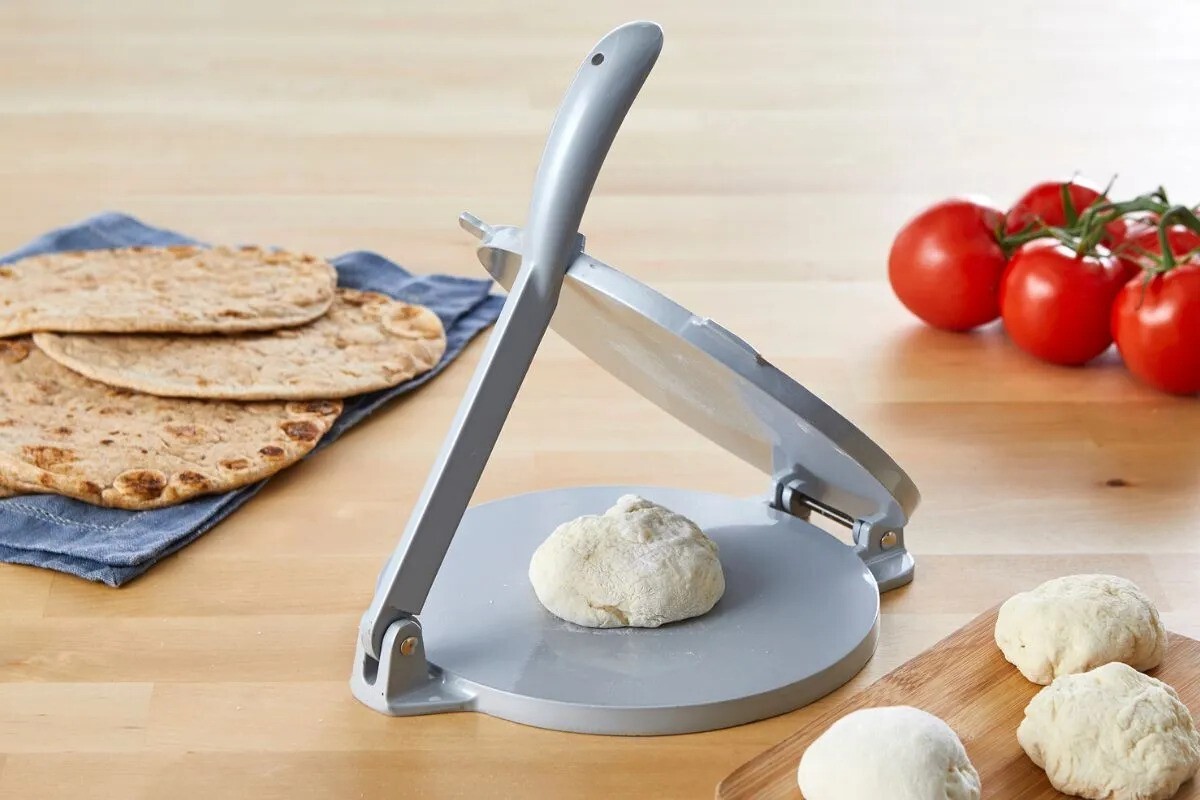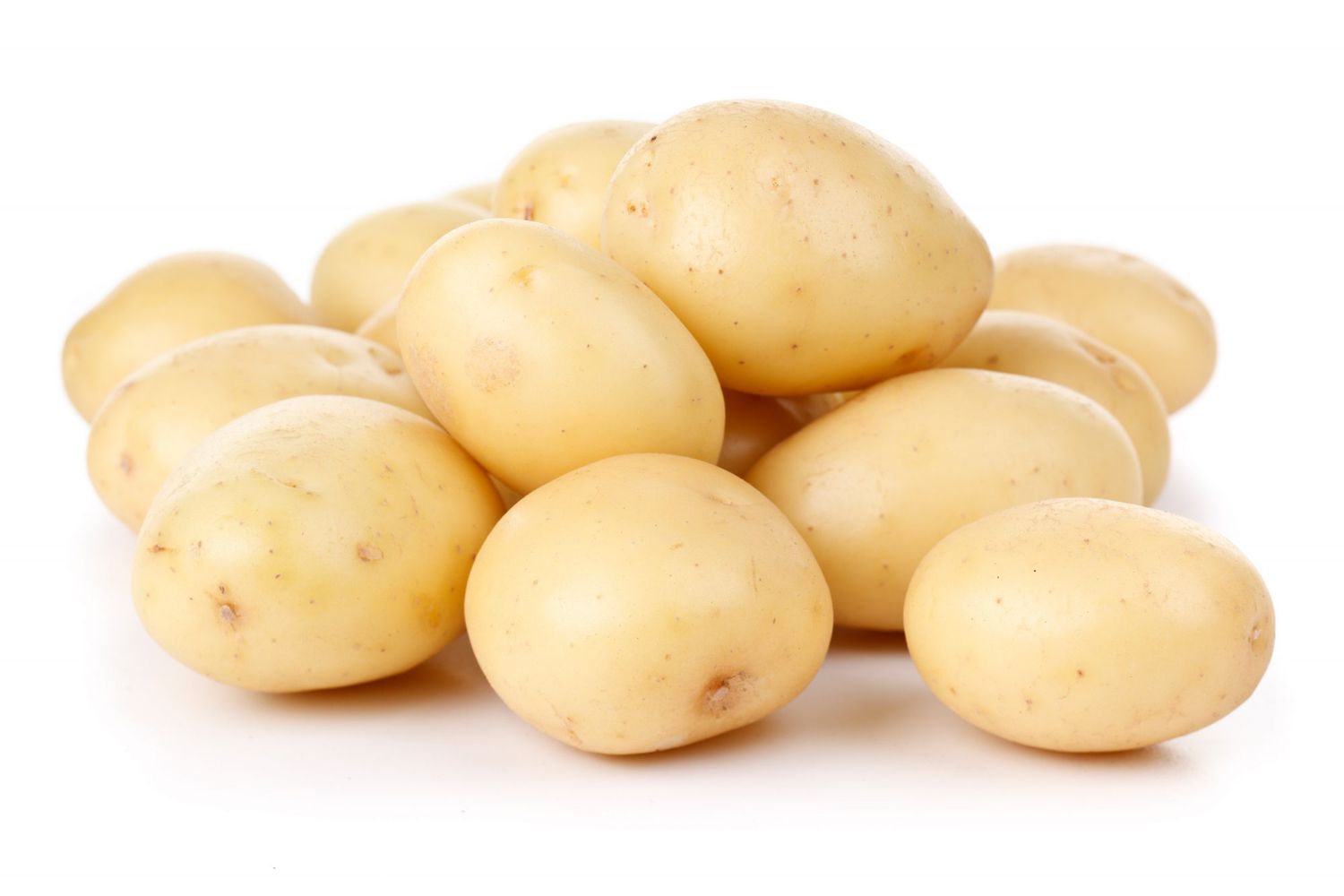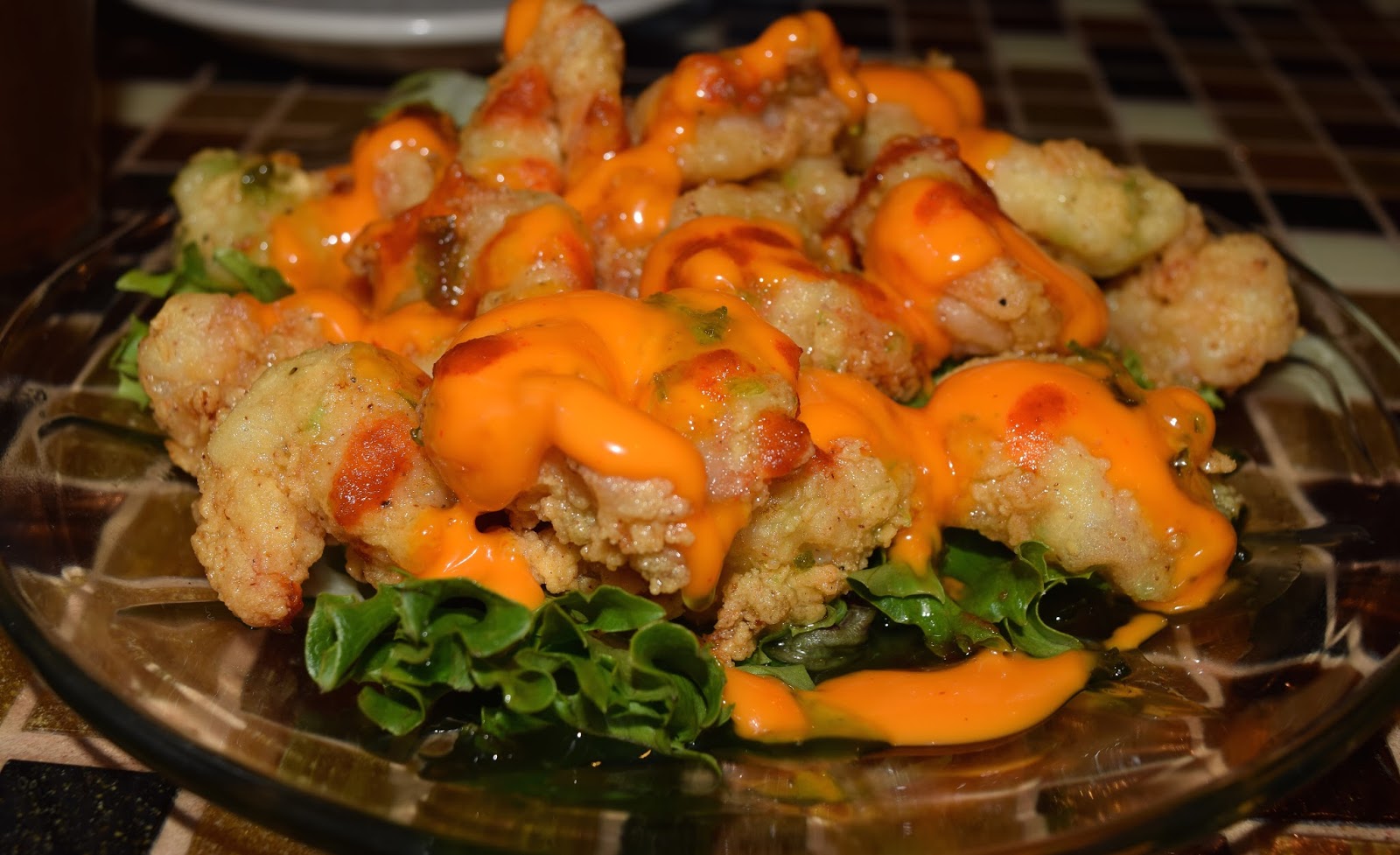Understanding the Brine Ratio in Food Preservation
When it comes to food preservation, brining is a technique that has been used for centuries to enhance flavor and extend the shelf life of various foods. But what exactly is the brine ratio, and how does it impact the preservation process? Let’s dive into the world of brining and explore the importance of getting the brine ratio just right.
What is Brining?
Brining is a process that involves soaking food in a solution of salt and water, known as brine. This technique is commonly used to preserve and flavor foods such as meats, vegetables, and even cheese. The salt in the brine helps to draw out moisture from the food, which not only helps to preserve it but also enhances its flavor and texture.
The Importance of the Brine Ratio
When it comes to brining, getting the brine ratio right is crucial for successful preservation and flavor enhancement. The brine ratio refers to the proportion of salt to water in the brine solution, and it plays a key role in determining the effectiveness of the brining process.
There is no one-size-fits-all brine ratio, as different foods require different levels of salinity for optimal preservation and flavor. However, a general rule of thumb for creating a basic brine solution is to use a ratio of 1 cup of salt to 1 gallon of water. This ratio can be adjusted based on the specific food being brined and personal preference.
Factors to Consider
When determining the brine ratio for a particular food, there are several factors to take into account:
- Type of Food: Different foods have varying levels of moisture and density, which can impact the amount of salt needed in the brine solution.
- Brining Time: The length of time the food will be brined also influences the brine ratio, as longer brining periods may require a lower salt concentration to prevent over-salting.
- Flavor Preferences: Some individuals may prefer a saltier or less salty flavor, so the brine ratio can be adjusted to accommodate personal taste.
Experimenting with Brine Ratios
As with many culinary techniques, finding the perfect brine ratio often involves some trial and error. It’s important to experiment with different brine ratios to determine the ideal balance of saltiness and flavor for the specific food being brined.
One approach is to start with a standard brine ratio and then make adjustments based on the results. Keeping track of the brine ratios used and the outcomes can help in refining the process over time.
Conclusion
The brine ratio is a critical element in the art of brining for food preservation. By understanding the factors that influence the brine ratio and experimenting with different ratios, individuals can master the art of brining and enjoy the enhanced flavors and extended shelf life of their favorite foods.
Whether brining a turkey for Thanksgiving or pickling vegetables for a tangy snack, getting the brine ratio just right is the key to successful food preservation and delicious results.
Was this page helpful?
Read Next: What Is Cornell Chicken
